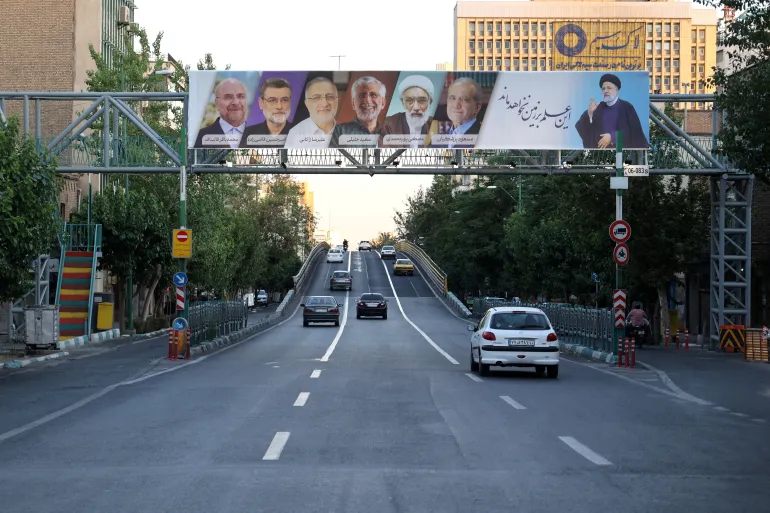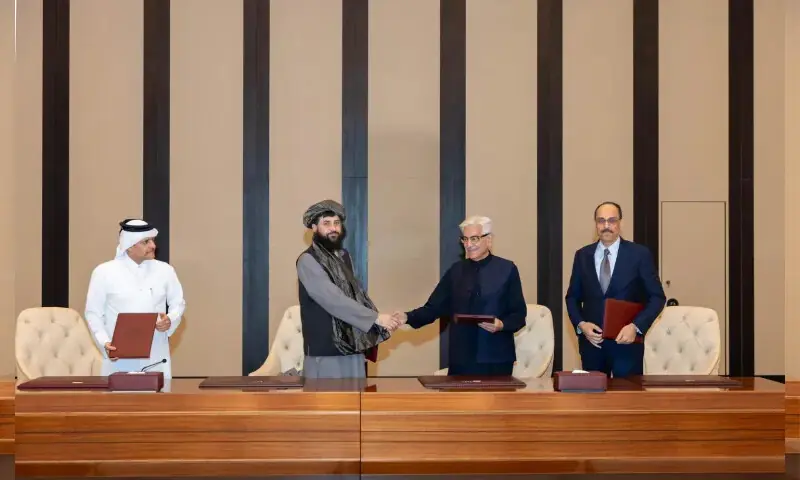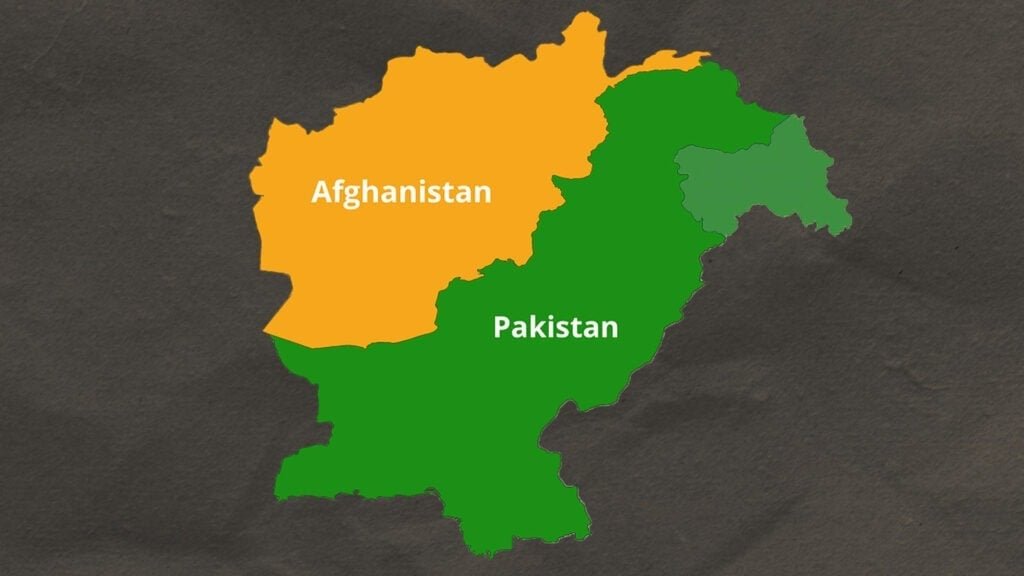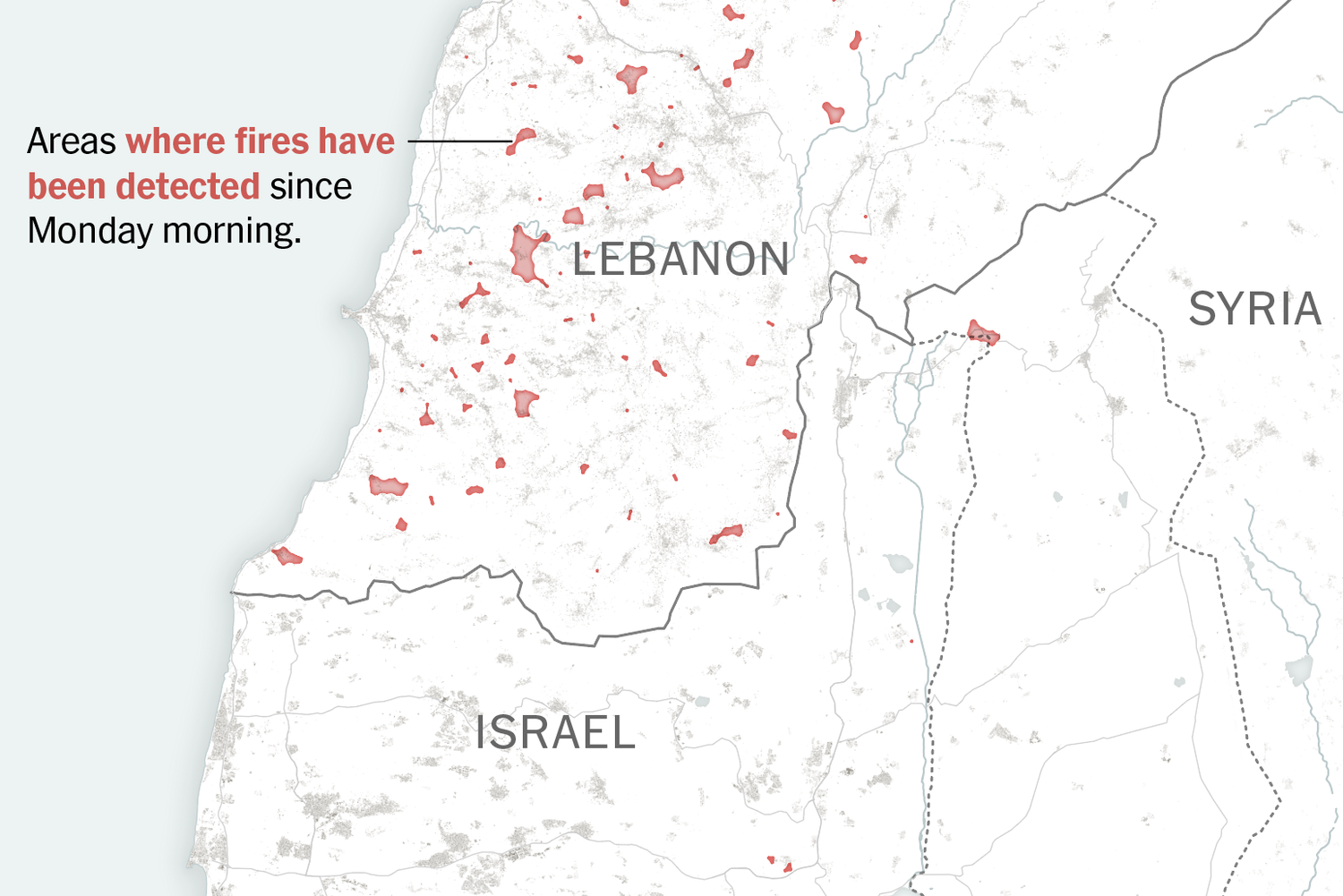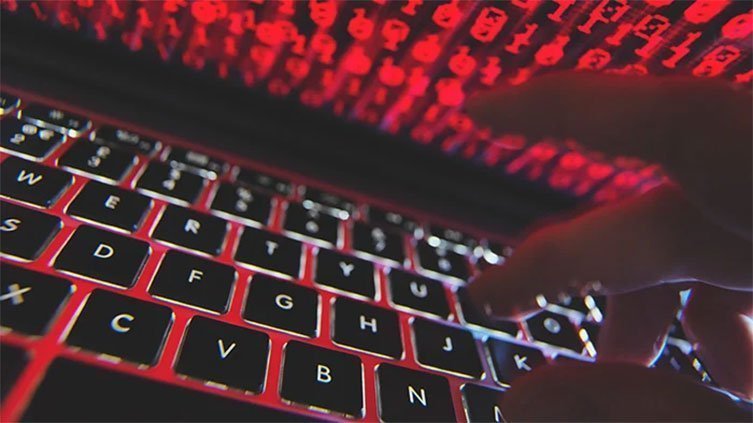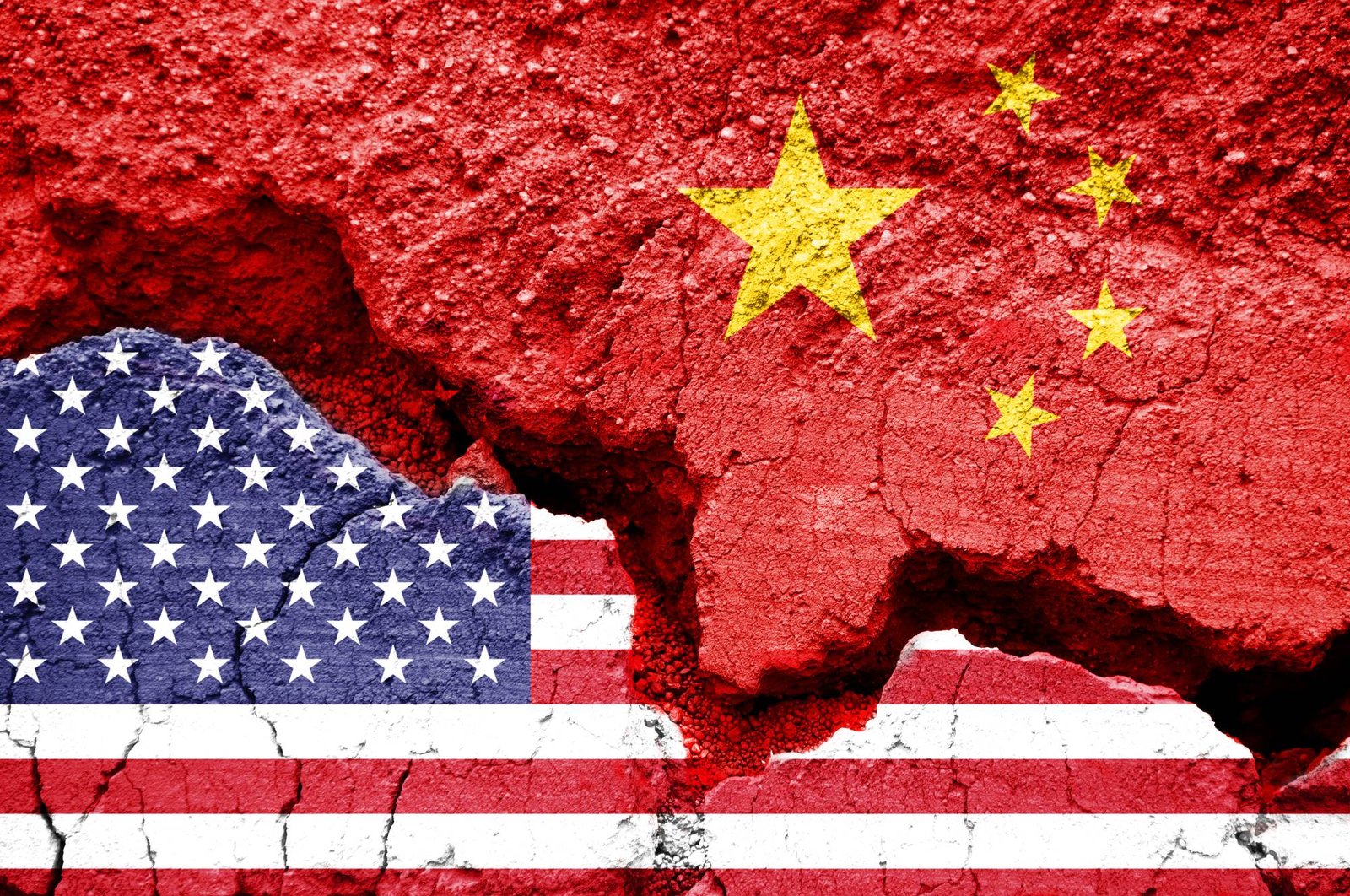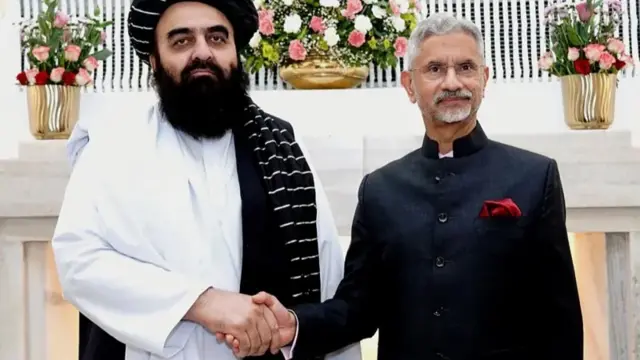As Iran’s presidential election approaches, the candidate pool has dwindled due to the withdrawal of Tehran Mayor Alireza Zakani and government official Amir-Hossein Ghazizadeh Hashemi. The fate of the election now hangs in the balance, with two of the strongest candidates reportedly engaged in negotiations. This hints at a potential shift in the political landscape, which could see alliances forming or new issues taking center stage.
Out of 80 initial candidates, six were approved by the Guardian Council, with only four now left in the running:
- Mohammad Bagher Ghalibaf: The conservative incumbent parliament speaker with a diverse background in public service.
- Saeed Jalili: A hardline senior member of the Supreme National Security Council, persistently seeking the presidency.
- Masoud Pezeshkian: The sole moderate candidate, backed by former presidents and other centrist and reformist figures.
- Mostafa Pourmohammadi: A conservative Muslim scholar from the security apparatus, facing reservations from other conservative factions.
The exits of Zakani and Ghazizadeh Hashemi have heightened the likelihood of a runoff election, set for July 5, unless either Jalili or Ghalibaf withdraws in favor of the other. The atmosphere of voter apathy looms over the electoral process as Iranians navigate the aftermath of President Ebrahim Raisi’s tragic passing, along with several other prominent figures, in a recent helicopter crash.
Widespread voter apathy has plagued Iranian elections in recent years, with approximately half of eligible voters projected to abstain from participating. The appeal for turnout has been emphasized by influential figures such as Supreme Leader Ayatollah Ali Khamenei, who warned against playing into the hands of Iran’s adversaries by abstaining from the electoral process.
The dichotomy between establishment-oriented candidates and reformists has been a prevailing theme in previous elections, and this year is no exception. With five conservative and hardline contenders pitted against one reformist-backed centrist, the political landscape reflects familiar dynamics.
Pl, watch the video and subscribe to the YouTube channel of republicpolicy.com
Approved candidates had a brief window to present themselves to the public, engaging in televised debates and campaign activities. Although candidates addressed pressing issues such as inflation, unemployment, and international pressures, their proposed solutions lacked substantive details, often resorting to rhetorical exchanges and blame-shifting.
Tensions flared as candidates accused each other of pursuing ulterior motives and engaging in opportunistic behavior. The exchanges reflected the underlying rifts within the political spectrum, with personal vendettas and ideological disputes overshadowing policy-oriented discussions.
The upcoming runoff election and the unresolved negotiations between remaining candidates have not only generated anticipation but also skepticism among both citizens and international observers. As the election date draws nearer, all eyes remain fixed on Iran’s political landscape, awaiting the outcome of a pivotal electoral process.



